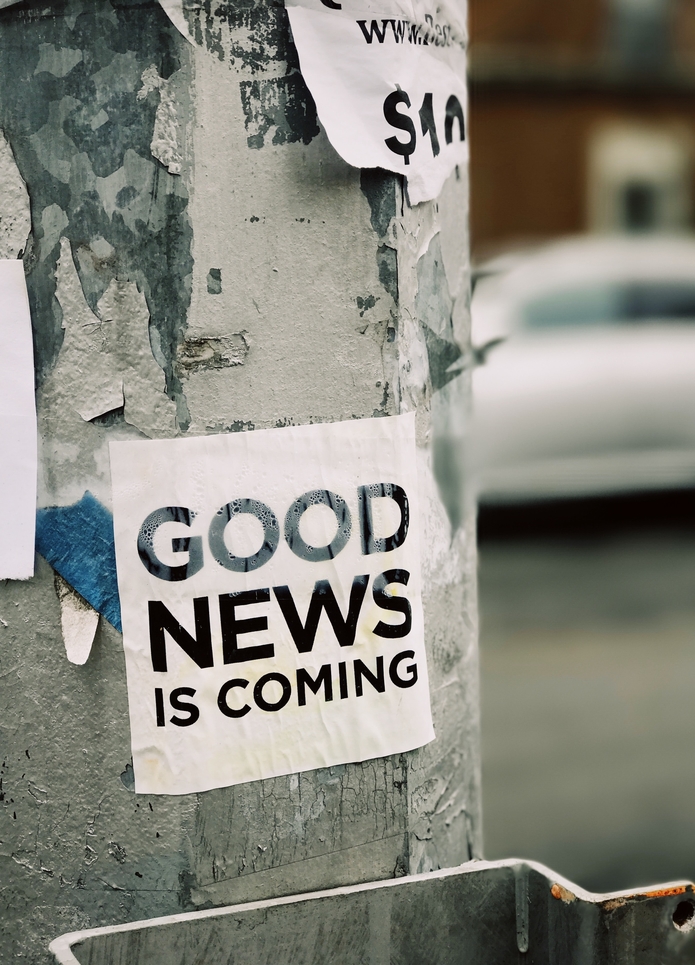In today’s world, it’s all about cultivating an online presence as well as increasing your brand awareness. The purpose of a press release is to make news and generate publicity, and they’re an incredibly effective way to get that attention, but not if they aren’t written effectively. There are five main elements of a press release that should be polished to help catch the media’s eye.
Formatting
The first element to address when crafting a press release is the format. Here are some things to include:
- Logo
- Release Date
- Contact Information
- Headline and Sub-Header
- End Notation
- Boilerplate
Including a prominently-featured logo towards the top of your document will help boost your brand awareness. The most commonly used phrasing for the release date is “Immediate Release,” but it’s just used to indicate when you want the press release to be distributed. When writing headlines for a book release, make sure you’re connecting it to a bigger picture!
Be sure to end the press release with three pound signs centered on the page. This is the end notation that is used to indicate the end of the press release. The boilerplate details where the reporter can get more information about the book or author.
The Introductory Paragraph
The introduction of the press release begins with a dateline, which appears like this:
[CITY, STATE, Month Day, Year]—
This first paragraph outlines the who, what, when, where, why, and how—essentially fitting the important information into a few sentences. This is a good place to insert an image of the book cover if you want to show that off too!
The Body Paragraphs
This section is comprised of a few aspects:
- Book Description
- Praise
- Blurbs
- Relevancy
- Author Appearances
The book description will begin the body paragraphs—just make sure it’s the longer description that has been used for marketing purposes. Including praise or blurbs that you’ve received so far will demonstrate the traction your book has already received and why it’s worth noticing. The final paragraphs can touch on deeper details about the book, why it’s relevant and newsworthy, and why it’s important right now! This is the perfect place to include any author events that are planned.
The Author Bio
Because press releases are often featured as part of a press kit, and the press kit usually has an entire page dedicated to the author bio, this author bio can be short! All you have to do is make sure to include any relevant information about your author.
About the Publisher (Or…You!)
Make sure to include a short description about you and your press/company! It doesn’t need to exceed more than a few sentences, but don’t forget to give yourself some credit for the press release you’ve just made.
Now What?
Once you’ve finished writing the content for your press release, you can start distributing the document to targeted media outlets and the contacts that you’ve gathered via email or even post them on authors’ websites (if they have them)!
Double check that your writing is:
- Clear—templated, use action verbs
- Relevant—factual, timely
- Easy to use—AP style, hyperlinks, inverted pyramid
Here are some questions to think about as you write your press release:
- What is the book about?
- Why should someone want to read this book?
- Who will like this book?
- How did the author come to write this book?
- When is the book available and where?
What is Publicity?
A book publicist serves as the liaison between the author and the media with the goal of acquiring press coverage for the book. Publicity is often described as “earned media”—something that generates attention without necessarily paying for it. It’s public visibility and awareness, a way to get information out to the public, mostly via the media. Some examples of publicity are book reviews, author appearances, articles, interviews, and more.

